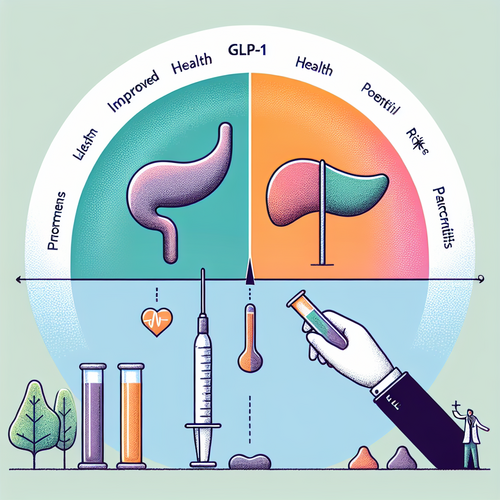In the relentless dance between humanity and the unpredictable power of nature, tropical cyclones stand out as one of the most formidable adversaries. These swirling vortices of wind and rain can devastate communities, disrupt economies, and tragically claim lives. For decades, meteorologists have relied on complex numerical models to predict their formation, trajectory, and intensity, a task fraught with difficulty due to the chaotic nature of weather systems. However, a new horizon is emerging in this critical field, powered by the rapid advancements in artificial intelligence. Google, through its DeepMind and Research divisions, has stepped onto the weather forecasting stage, unveiling an experimental AI-based model and an accompanying platform, Weather Lab, specifically designed to improve the prediction of tropical cyclones. This initiative, developed in collaboration with key partners like the U.S. National Hurricane Center (NHC) within NOAA, signals a potentially transformative moment in our ability to anticipate and prepare for these destructive events.
The core of Google’s new effort lies in its experimental AI model. Unlike traditional models that rely heavily on complex physics equations requiring immense computational power and time, AI models can learn patterns directly from vast historical weather data. Google’s model is designed to provide forecasts for tropical cyclones up to an impressive 15 days in advance. This extended lead time is invaluable, offering coastal communities, emergency responders, and businesses significantly more time to prepare compared to current capabilities. But perhaps even more remarkable is the model’s ability to generate not just one potential outcome, but up to 50 different scenarios for a storm’s possible track, size, and intensity. This probabilistic approach acknowledges the inherent uncertainty in long-range forecasting and provides a richer picture of the potential risks. Instead of a single predicted path, stakeholders can assess a range of possibilities, enabling more nuanced and robust preparedness strategies. Imagine officials deciding evacuation zones or supply chains rerouting based on understanding the probability distribution of a storm’s path – this multi-scenario output empowers better decision-making under uncertainty.
Complementing the powerful AI model is Google’s Weather Lab, an interactive visualization platform that serves as the interface for exploring the model’s outputs. Hosted and maintained by Google, this website provides a visual representation of the complex AI predictions. For researchers and meteorologists, this platform is crucial for understanding how the AI model arrives at its forecasts and for identifying areas for improvement. For official forecasters at the NHC, it provides a tool to evaluate the AI’s performance against existing models and ground truth data. While currently experimental and primarily for evaluation purposes in partnership with organizations like NOAA, the existence of such a platform hints at a future where AI weather insights could potentially be more broadly accessible, aiding public understanding and preparedness efforts. It represents a commitment not just to building advanced models but also to creating tools that make the output of these models interprehensible and actionable.
The collaboration between Google and official bodies like NOAA and the NHC is a critical component of this initiative. While Google brings cutting-edge AI research and computational resources to the table, government agencies possess the essential expertise, historical data, and operational infrastructure necessary to validate and deploy these new technologies effectively. NOAA Research, Google DeepMind, and Google Research are teaming up to maximize the benefits of this new AI model. NOAA will provide data, perform routine evaluations of Google’s models, and work towards integrating validated AI outputs into its technical infrastructure. This partnership ensures that the AI model is rigorously tested in real-world scenarios and evaluated against NOAA’s mission to save lives, mitigate property loss, and improve the nation’s economy. As NHC director Michael Brennan stated, “The pace of weather modeling innovation is increasing and Google is a stellar partner in AI weather model development. This collaboration between NOAA and Google will ensure that NOAA’s National Hurricane Center is able to quickly evaluate new tropical cyclone forecasting technology as it arises.” This synergy between cutting-edge AI development and established meteorological expertise is vital for translating research breakthroughs into practical tools that benefit society.
Google’s foray into tropical cyclone forecasting with its new AI model and Weather Lab represents a significant step forward in leveraging artificial intelligence to tackle some of the planet’s most challenging problems. By offering earlier forecasts, probabilistic scenarios, and an interactive visualization platform, this initiative holds immense potential to enhance our preparedness and resilience in the face of severe weather. However, it’s crucial to remember that AI models are powerful tools that augment, rather than replace, human expertise. The insights provided by the AI must be carefully evaluated by experienced meteorologists who understand the nuances of weather systems and local conditions. Furthermore, effective preparedness involves more than just accurate forecasts; it requires robust infrastructure, clear communication channels, and community engagement. As AI continues to evolve, its role in predicting complex environmental phenomena will undoubtedly expand, offering hope for reducing the devastating impact of natural disasters. But the ultimate strength in facing the storm still lies in human vigilance, community solidarity, and the wise application of every tool at our disposal, including the promising power of artificial intelligence.














